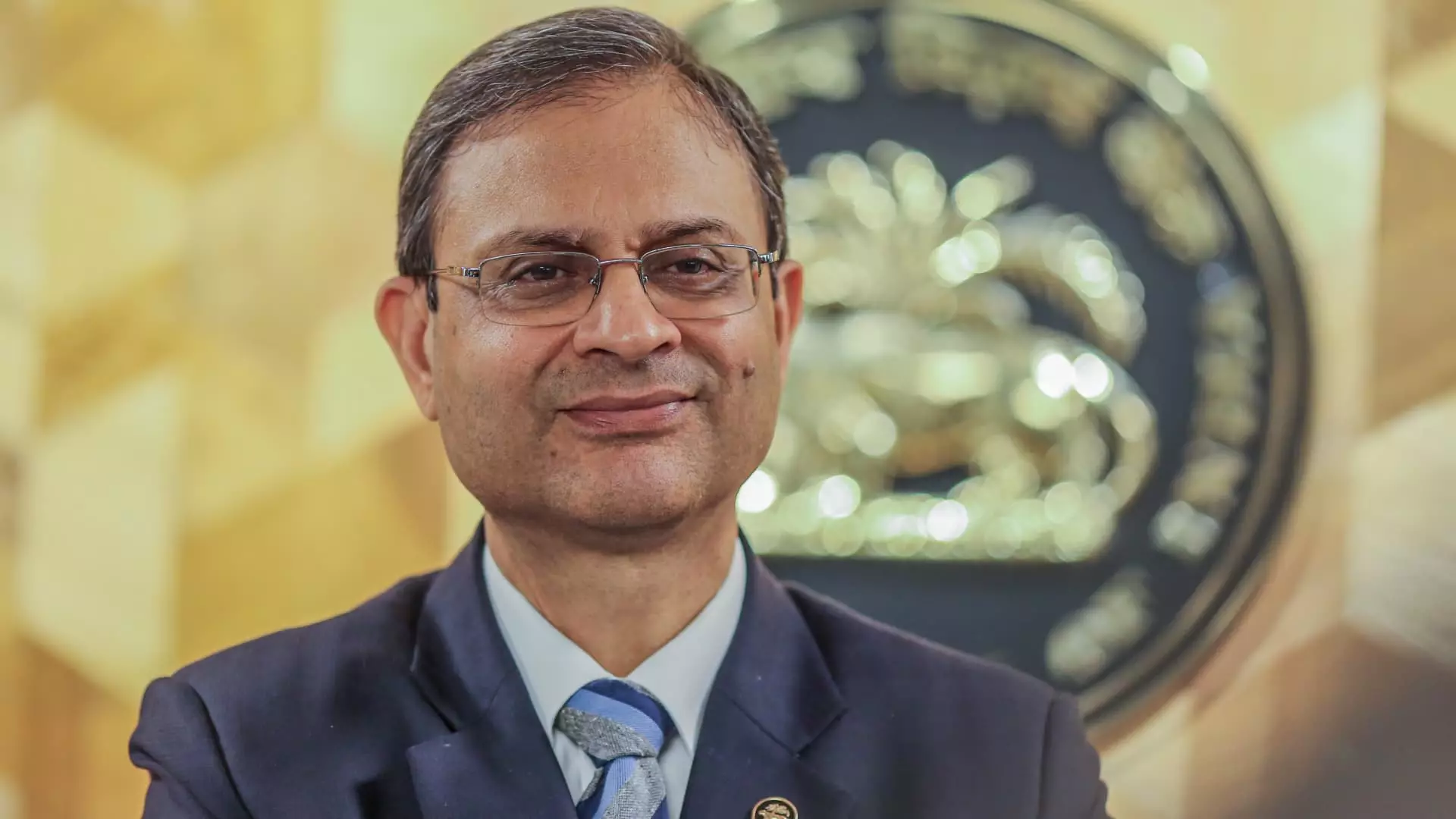On a significant note, the Reserve Bank of India (RBI) has opted to reduce its key interest rate for the first time in nearly five years, a decision rooted deeply in the current economic landscape. The Monetary Policy Committee has implemented a 25-basis point cut to the repo rate, bringing it down to 6.25%. This move, articulated by RBI Governor Sanjay Malhotra during a live broadcast, signifies a shift in monetary policy aimed at fostering economic growth amid decreasing inflation rates. Such an adjustment is a pivotal moment as it marks the first rate reduction since May 2020, a turbulent period characterized by the pandemic’s impact on the economy.
The central bank’s adjustment comes with optimistic projections for the next fiscal year. The RBI anticipates a real GDP growth rate of 6.7%, reflecting a cautious but positive outlook. Conversely, the prediction for the fiscal year ending in March has been slightly downgraded to 6.4%, marking the slowest growth in four years. This growth outlook, while encouraging compared to the stagnation experienced during pandemic heights, still reveals lingering vulnerabilities within the economy. Furthermore, the inflation forecast set at 4.2% offers a lane for the RBI to stimulate growth without breaching its mandated inflation control targets.
In response to the announcement, market reactions were mixed. The benchmark Nifty 50 index fell by 0.5%, an indicator of investor caution and uncertainty regarding the long-term effectiveness of the RBI’s monetary policy shift. Conversely, yields on 10-year government bonds showed a slight increase, reflecting apprehension over potential inflationary pressures that may arise from easing interest rates. This juxtaposition illustrates a complex narrative where immediate market reactions do not fully capture the long-term implications of the RBI’s decision.
One of the primary concerns lies within the Indian rupee’s performance against the dollar, which recently experienced troubling lows. Analysts have raised alarms regarding how further rate cuts could exacerbate inflation, complicate currency stability, and potentially lead to capital flight. The RBI has sought to mitigate these risks through substantial interventions in the foreign exchange market, indicative of its proactive approach to stabilize the currency. These measures are crucial for building investor confidence and maintaining a robust economic environment.
Governor Malhotra’s acknowledgment of the precarious growth-inflation dynamics underscores the RBI’s delicate balancing act. With growth still trailing behind previous years, the central bank’s focus must remain on aligning inflation within target ranges while supporting recovery. Such a nuanced approach, though challenging, is essential for navigating India’s recovery path post-pandemic and for harnessing the potential growth signals present in the economy. The coming months will be critical for evaluating the effectiveness of these monetary policy shifts and their long-term impact on both inflation and growth trajectories.
While the RBI’s decision marks a significant pivot in India’s economic policy, the road ahead is wrought with challenges that require careful navigation to ensure sustained growth and stability.


Leave a Reply